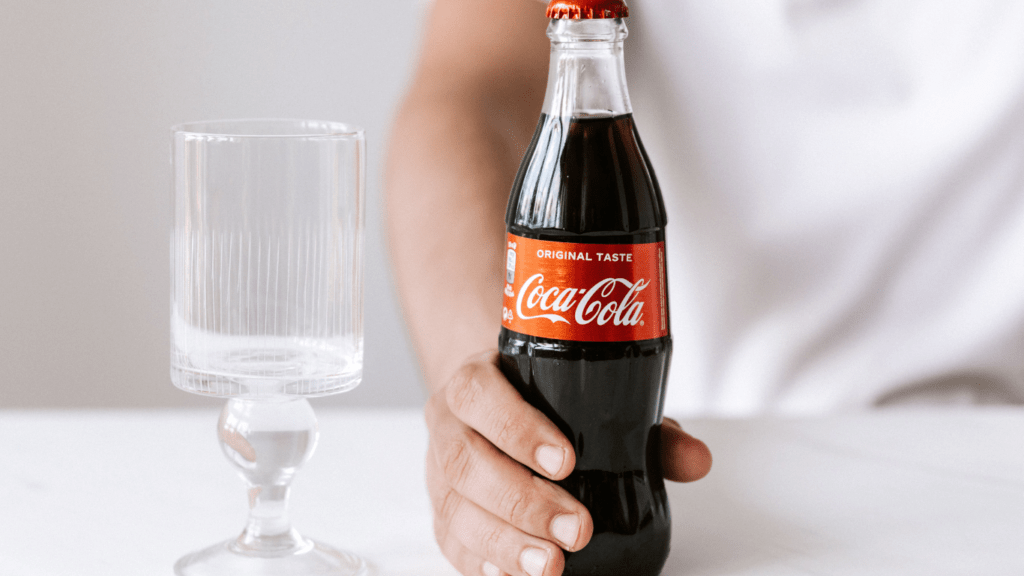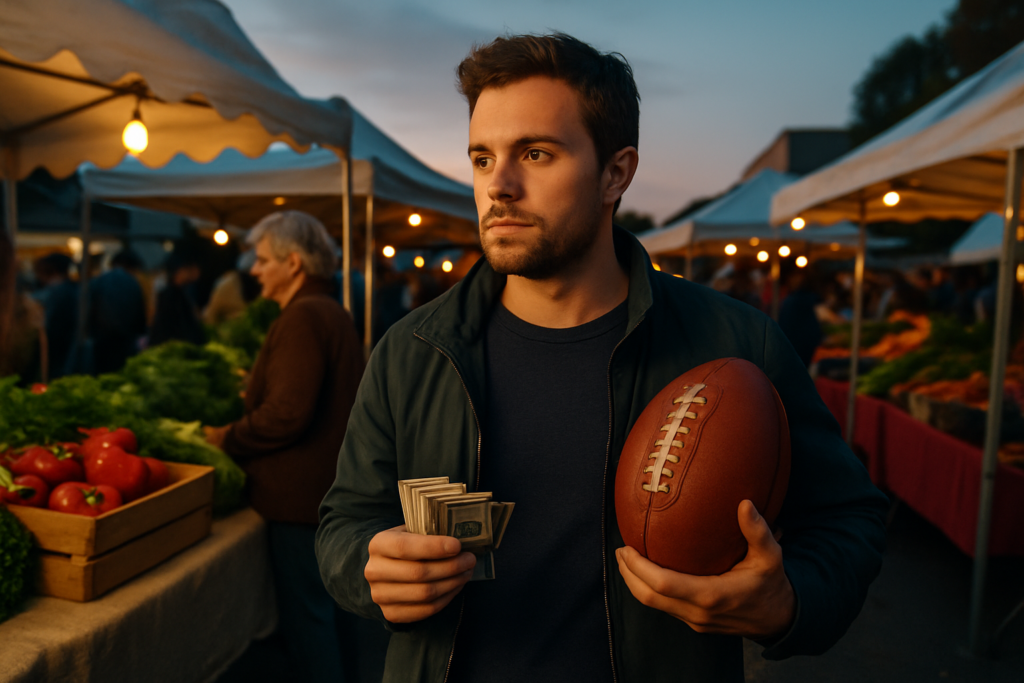Overview of the Global Sports Sponsorship Landscape
The global sports sponsorship landscape involves substantial investments from brands aiming for visibility, engagement, and loyalty. As the industry evolves, companies transition from traditional logo placements to immersive experiences. Digital and social media have become pivotal, providing avenues for brands to connect with fans in real-time. Sports entities benefit from these sponsorships through enhanced financial resources, enabling better facilities, player deals, and event management.
In 2022, global sports sponsorship spending reached $65.8 billion, driven by large events like the FIFA World Cup and the Olympics. Companies like Nike, Adidas, and Coca-Cola lead the charge, with significant deals that define market trends. Emerging markets, including eSports, also see growing investments from both endemic and non-endemic brands.
Key sectors driving sports sponsorships include technology, automotive, and finance. For example, the NFL’s partnerships with Microsoft and Amazon highlight technology’s growing relevance. Similarly, the English Premier League’s deals with automotive giants like Hyundai and finance firms like Barclays exemplify cross-industry synergies.
The landscape also witnesses regional variations. North America leads in overall spending, driven by the substantial investments from leagues like the NFL, NBA, and MLB. Europe follows closely, with football (soccer) clubs securing massive deals. In Asia, sectors such as cricket and the rising arena of eSports attract significant sponsorship revenue.
The collaborative nature of sponsorship deals means brands and sports entities work closely to achieve mutual goals. By aligning marketing objectives with audience engagement strategies, both parties maximize returns. Data analytics play a crucial role, helping to fine-tune these partnerships and ensure they are beneficial and resonate well with the target audience.
Major Players in Sports Sponsorship
The sports sponsorship market involves several key players who consistently make significant investments in the industry. Major brands and sponsors choose specific sports to target their audience effectively.
Leading Brands
Several brands dominate the sports sponsorship landscape through strategic and high-value deals.
- Nike: Nike consistently invests in major sports leagues and high-profile athletes like LeBron James and Cristiano Ronaldo. It also partners with events like the FIFA World Cup.
- Adidas: Adidas often sponsors major global sports events and high-profile athletes, including Lionel Messi and the UEFA Champions League.
- Coca-Cola: Coca-Cola has a long history of sponsoring global events, particularly the Olympics and the FIFA World Cup, focusing on large-scale brand visibility and fan engagement.
- Emirates: Emirates partners with various high-profile sports entities, including football clubs like Arsenal and Real Madrid, as well as major tournaments like the ATP Tour for tennis.
- PepsiCo: PepsiCo sponsors numerous sports events and teams, including partnerships with the NFL and UEFA Champions League, leveraging its brand in global markets.
Key Sponsors by Sport
Different sports attract specific sponsors aligned with their audience demographics and marketing goals.
- Football (Soccer): Major sponsors in football include Nike, Adidas, and Emirates, with companies targeting global audiences through club sponsorships and international tournaments.
- Basketball: Nike and Adidas dominate basketball sponsorships, partnering with the NBA, teams, and star players to maximize their market presence.
- American Football: The NFL sees partnerships with companies like Microsoft for collaboration on analytics and broadcasting, and PepsiCo for event sponsorships.
- Tennis: Brands like Rolex and Emirates invest significantly in tennis, sponsoring events like Wimbledon and the ATP Tour for ongoing visibility to affluent audiences.
- eSports: Companies like Intel and Red Bull lead eSports sponsorships, partnering with gaming tournaments and teams to reach younger, tech-savvy audiences through digital platforms.
These brands and sponsors shape the sports sponsorship landscape by aligning their investments with strategic goals and audience engagement metrics.
Notable Sponsorship Deals

Sponsorship deals play a pivotal role in the sports industry. Let’s dive into some of the most significant agreements and partnerships shaping the landscape.
Record-Breaking Contracts
High-value contracts grab headlines, showcasing the scale of investment in sports sponsorships. Here are some notable instances:
- Nike and NFL: In 2018, Nike extended its deal with the NFL through 2028, valued at $1 billion. Nike supplies uniforms and sideline gear for all 32 teams.
- Adidas and FIFA World Cup: Adidas, a long-time partner of FIFA, inked a contract estimated at $1.5 billion, running until 2030. Adidas supplies official match balls and gear.
- PepsiCo and NFL: PepsiCo’s 10-year contract with the NFL, worth $2.3 billion, includes sponsorship of the Super Bowl Halftime Show and extensive league advertising rights.
- Coca-Cola and the Olympics: The IOC extended its partnership with Coca-Cola to 2032. This deal, estimated at $3 billion, highlights the brand’s long-term commitment since 1928.
- Emirates and UEFA: Emirates’ partnership with UEFA spans over two decades, becoming official partners in 2006. This enduring relationship covers the UEFA Champions League and raises brand visibility across Europe.
- Nike and Michael Jordan: Nike and Michael Jordan’s agreement, starting in 1984, evolved into the Air Jordan brand. This partnership innovated both sports marketing and product design.
- Rolex and Wimbledon: Rolex’s affiliation with Wimbledon began in 1978. Rolex provides official timekeeping services, aligning its brand with tennis’ prestigious tournament.
- Red Bull and Extreme Sports: Red Bull’s associations with extreme sports, such as sponsoring events like Red Bull Rampage and Red Bull Air Race, exemplify a long-term commitment that targets adrenaline-seeking audiences.
Emerging Trends in Sports Sponsorship
Innovative trends reshape the way brands engage with sports audiences. Key developments in digital technology and social responsibility lead the charge in reimagining sponsorship dynamics.
Digital Sponsorships
Digital sponsorships revolutionize the landscape by leveraging online platforms for fan engagement. Companies use social media, streaming services, and augmented reality to create immersive experiences. For example, Coca-Cola’s interactive campaigns during the FIFA World Cup allow fans to participate in real-time through social media. Streaming services like Amazon Prime partner with the NFL to offer exclusive game coverage, enhancing accessibility and viewership engagement.
Sustainability and Social Responsibility
Sustainability and social responsibility gain traction as pivotal factors in sponsorship deals. Brands commit to eco-friendly practices and socially conscious initiatives to resonate with audiences. For instance, Adidas’ partnership with Parley for the Oceans produces sportswear from recycled ocean plastic, appealing to environmentally aware consumers. Similarly, the NBA’s collaboration with organizations like Black Lives Matter highlights their dedication to social justice, fostering deeper community connections.
Regional Analysis of Sports Sponsorship
Analyzing sports sponsorship by region reveals specific dynamics and key players in different markets. Each area shows unique trends and influential deals that shape the global sports landscape.
North America
North America leads in sports sponsorship investments, driven by major leagues like the NFL, NBA, and MLB. In 2022, North American sponsorship spending reached $24.2 billion. The NFL stands out with landmark deals such as PepsiCo’s $2.3 billion agreement for the Super Bowl Halftime Show. Major tech companies, including Microsoft, have partnerships with the NFL, enhancing fan engagement through digital innovations. In basketball, Nike dominates sponsorships, seen in the NBA and individual player endorsements. The auto industry, with brands like Ford and GM, also invests significantly in NASCAR and other motorsports.
Europe
Europe’s sports sponsorship market thrives, particularly in football (soccer). In 2022, European sponsorship spending hit $18.3 billion. Major football clubs like Manchester United and Real Madrid attract substantial deals from global brands. Adidas’ $1.5 billion contract with FIFA exemplifies the region’s lucrative football sponsorships. Emirates sponsors multiple football clubs and takes on high-profile events like the UEFA Champions League. In tennis, Rolex stands out for its long-standing affiliation with Wimbledon, enhancing the brand’s prestige. The automotive sector, featuring brands like Audi and Mercedes-Benz, also invests heavily in sponsorships, particularly within football.
Asia-Pacific
Asia-Pacific’s sports sponsorship landscape shows rapid growth, with a focus on football and eSports. The region’s sponsorship spending reached $13.6 billion in 2022. Chinese companies, such as Alibaba, have strategic partnerships with international events, like the Olympics. In football, brands like Hyundai and Toyota sponsor clubs and tournaments. eSports see significant investments from tech companies like Intel, focusing on engaging younger audiences. Cricket, especially in India, attracts major deals, with brands like PepsiCo sponsoring the Indian Premier League (IPL). This sector’s growth aligns with increased digital engagement and the region’s expanding middle class, boosting consumer spending on sports-related activities.
Impacts of Sponsorship on Sports Organizations
Sports sponsorship impacts organizations in various ways, offering both financial security and enhanced brand interaction.
Financial Stability
Sponsorships provide sports organizations with significant financial resources. Funds from partnerships help cover operational costs, athlete salaries, and infrastructure improvements. For instance, Nike’s $1 billion deal with the NFL supports the league’s financial health, ensuring continued high-quality games and fan experiences. The stability provided by sponsorships also allows teams to invest in youth development programs and community initiatives, fostering long-term growth and sustainability.
Brand Visibility and Fan Engagement
Sponsorships enhance brand visibility and strengthen fan engagement. Companies utilize sports platforms to reach vast audiences, as seen with Coca-Cola’s campaigns during the FIFA World Cup. These partnerships go beyond mere logo placements, integrating digital and social media to engage fans actively. For example, Intel’s involvement in eSports includes interactive content and real-time fan interactions. Through immersive and engaging experiences, sponsorships boost both the sponsor’s and the sports organization’s visibility and loyalty among fans.



